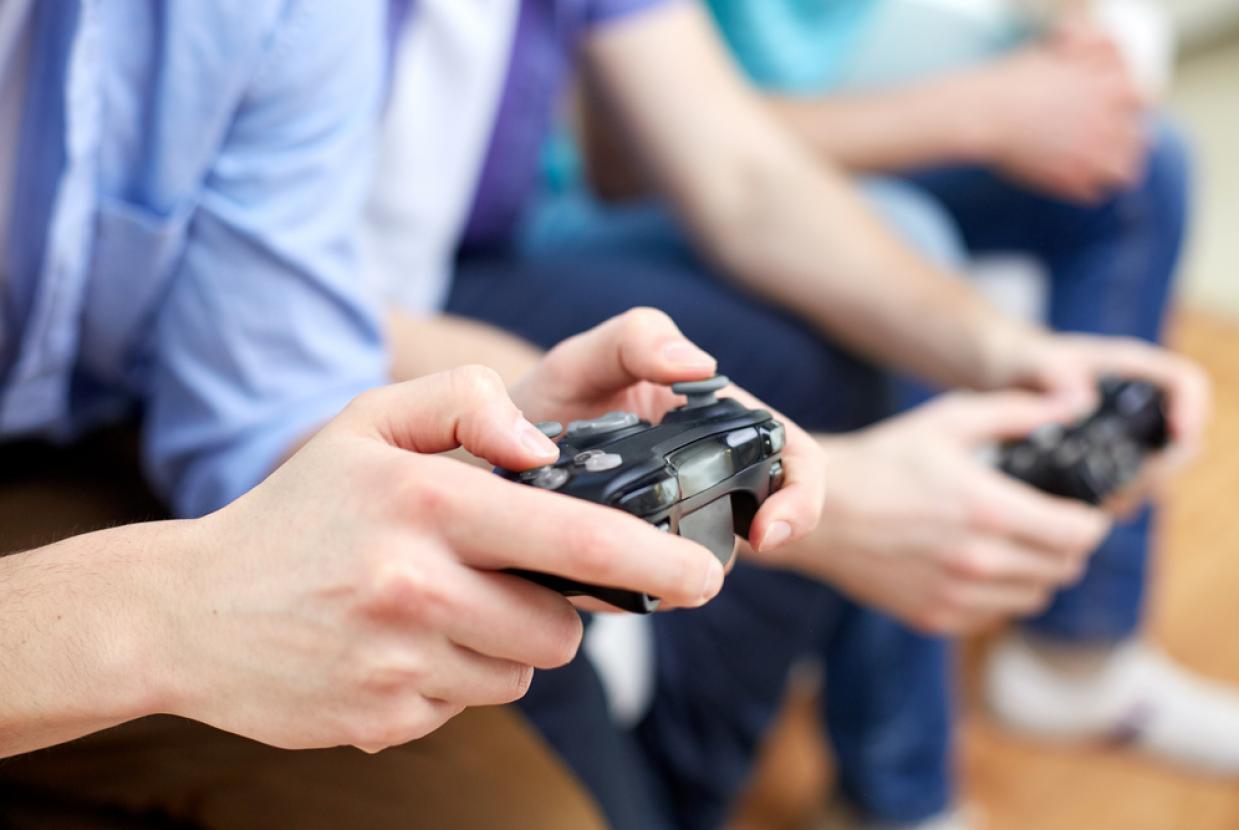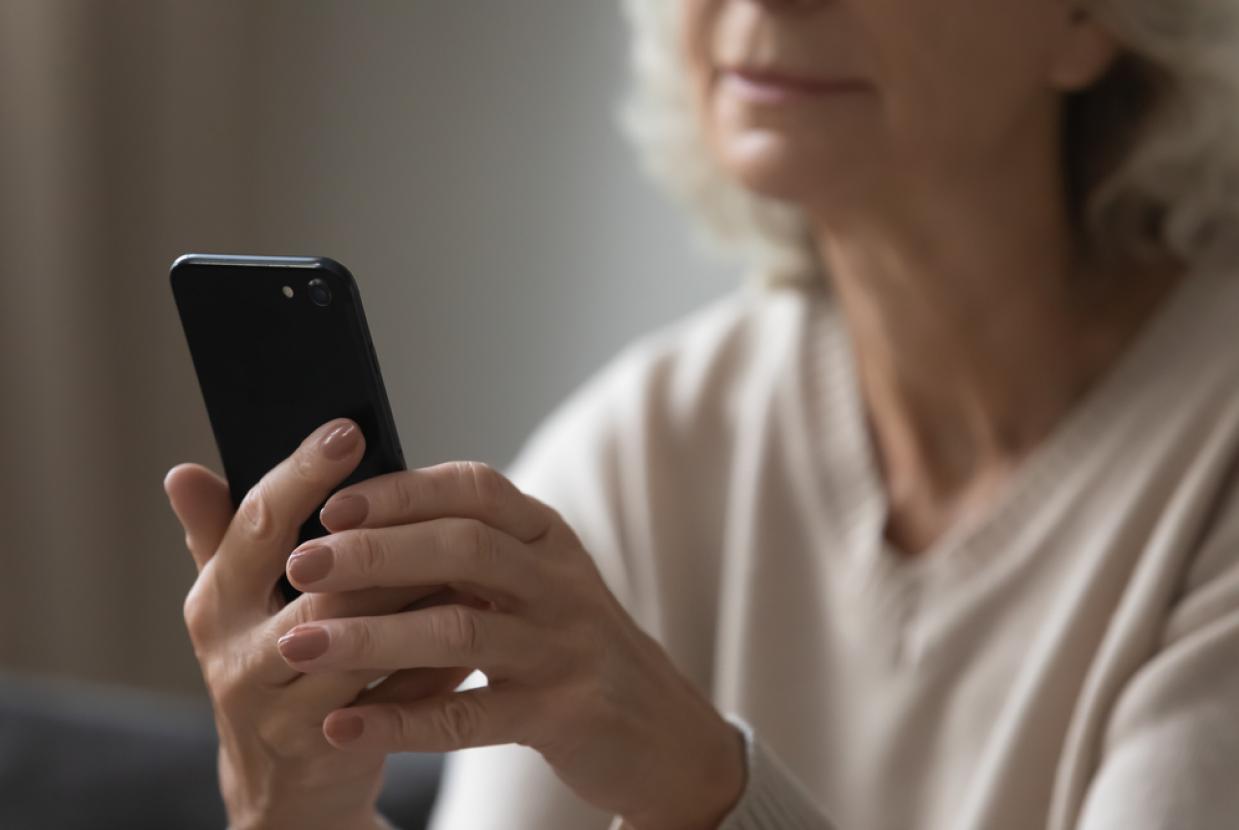Dry Eyes
Dry eye is an eye condition caused by a problem with your tears. Dry eye can make your eye feel uncomfortable, red, scratchy and irritated. Despite the name, having dry eye can also make your eyes watery. Typically, dry eye doesn’t cause a permanent change in your vision. It can make your eyesight blurry for short periods of time, but the blurriness will go away on its own or improve when you blink.
Why have I developed dry eye?
Dry eye is caused by a problem with your tears. You can develop dry eye if you don’t produce enough tears, or the tears aren’t of the right quality or if they don’t spread across the front of your eye properly.
Dry eye is usually more common as people get older. As we age, our eyelids aren’t as good at spreading tears each time we blink. The various glands in our eyes that produce tears may also become less effective. It is not always known what causes your eye to become dry but essentially, the quality of something known as your tear film gets worse.
What is the tear film?
When you blink, you spread a thin layer of liquid, called the tear film, over the front surface of your eye. The tear film keeps the front surface of your eye healthy, and it also helps the eye focus properly, giving you clear vision.
The tear film is made up of three layers: the mucin (mucous) layer, the aqueous (watery) layer, and the lipid (oily) layer. Each one of these layers is needed to keep your tear film healthy. Anything that affects the structure and balance of your tear film – for example if you produce too little or too much of one of the layers – will stop the tear film working properly and potentially cause dry eye.
What are the causes of dry eye?
It is sometimes difficult to determine the exact cause of dry eye. Dry eye is multifactorial, which means that that there can be many factors that contribute to the condition. Sometimes dry eye can be connected to other conditions affecting your body such as diabetes or rheumatoid arthritis. The condition is common in both men and women with advancing age but women in particular, especially after the menopause. Changes in hormonal levels such as in pregnancy and menopause can contribute to dry eye.
The following can also affect your tear film and contribute to dry eye:
Blepharitis and meibomian gland dysfunction
Blepharitis and meibomian gland dysfunction (MGD) are the most common causes of dry eye.
Blepharitis is an inflammation of the eyelid margins and can sometimes be caused by a bacterial infection. It can be divided into two types based on the location:
- Anterior blepharitis is when the inflammation is primarily around the eye lashes and in front of the lid margin.
- Posterior blepharitis is when there is inflammation present behind the eye lashes and is often caused by MGD.
MGD happens when the glands lining your upper and lower lids are blocked. You have about 30 of these small meibomian glands on each upper and lower lid located just behind your lashes. These glands secrete the oily layer onto the front of your tears. If the oil is of poor quality or there isn’t enough oil being produced as the glands have become blocked, the tears tend to evaporate quickly leaving your eyes dry and uncomfortable.
Medication
If you’re taking certain drugs, such as antihistamines, antidepressants, pain medications and oral contraceptives, you may develop dry eye symptoms. Eye drops which contain preservatives may also contribute to dry eye, especially if you are using them frequently.
Contact lenses
Using contact lenses can cause you to develop dry eye. The length of time you wear your contact lenses along with other factors such as using computer screens, air pollution and wearing make-up can make the symptoms of dry eye worse. You should follow the advice for wearing contact lenses issued by your optometrist in terms of replacement frequency, wearing time and cleaning regime.
Other health conditions
There are several health conditions, particularly inflammatory conditions, that are associated with dry eye, such as rheumatoid arthritis and Sjögren’s syndrome. Sjögren’s syndrome is a condition that may cause you to have dry eye and a dry mouth.
Surgery to the eye or injury to the eye surface
If you have surgery on your eye (for example laser eye surgery) or an accident which affects or scars your eye, you may develop dry eye. Your dry eye symptoms usually improve once the eye has healed, but this can take time.
Environment
There are environmental factors that may cause or make your dry eye symptoms worse. These include dusty or smoky environments as well as heavily polluted areas or wearing make-up. Using air conditioners in the car and office as well as heaters may make your dry eye symptoms worse. Trying to identify and address these environmental factors are often recommended as a first step in helping to reduce your dry eye symptoms. Using air purifiers and humidifiers might help.
What is the treatment for dry eye?
There’s no cure for dry eye but there are treatments that can help your eyes feel more comfortable and keep your symptoms at bay. If your dry eye is caused by medication, then your GP may consider switching your medication to another. If your dry eye is caused by wearing contact lenses, then having a break from your lenses or asking your optometrist about trying a different type of contact lens may help the dry eye to improve.
Often dry eye is caused by getting older, which can’t be helped, but there is treatment that can help with your symptoms. There are three main ways to help your dry eye:
- making the most of your natural tears
- using artificial tears (eye drops)
- reducing the draining away of the tears.
Making the most of your natural tears
There are things that you can do yourself which may help reduce the symptoms of dry eye. High temperatures and central heating can make tears evaporate more quickly, so sometimes lowering temperatures can help. Another option would be to use a humidifier (a small machine that helps puts water into the air), which may help slow down the evaporation of your tears and keep your eyes comfortable.
Many people find that their dry eye is worse when they’re reading or using a computer. This is because you blink less when you are doing a task like this, giving the tears more chance to evaporate. You can try to blink more when you’re doing these tasks, or use eye drops before you read, watch TV, or use a computer, as this may help to keep your eyes comfortable.
There is some debate on whether diet helps with reducing the symptoms. Omega 3 and 6 as well as flaxseed oil are thought to help with dry eye. However, there isn’t any largescale evidence that taking these nutrients in the form of supplements will help you.
If you have blepharitis or MGD, practising lid hygiene can really help make your eyes feel more comfortable. You will need to do this twice a day for two to three weeks before you see an improvement.
Lid hygiene for anterior blepharitis
Removing the crusts or debris from your lashes can be helpful if you have anterior blepharitis. Thorough hand washing is required before lid hygiene or applying eye drops. Follow these steps:
- Wash your hands for 20 seconds.
- Apply enough soap to cover hands and rub your hands together.
- Clean the back of your hands and between the fingers.
- Rub your fingers and your thumb.
- Rub the tips of your fingers.
- Rinse your hands thoroughly.
- Dry your hands with a clean towel or paper towels.
- Prepare a cleaning solution of sodium bicarbonate in cooled boiled water. To do this, boil the kettle and let the water cool to room temperature. Pour out one cup of water into a clean mug or glass and add a quarter teaspoon of sodium bicarbonate.
- Clean both the upper and lower lids using a clean tissue (folded several times) or a cotton bud. Dip the tissue or cotton bud in the prepared solution and wring out excess water. Wipe along the lid from the nose outwards; use a clean tissue/bud for every wipe. You will need several tissues/buds for each eye. Do not dip a used tissue or bud back into the solution – use a new one each time.
- Wash your hands again for 20 seconds as above.
Your optometrist or pharmacist may recommend pre-prepared lid wipes or cleaning solutions that you can purchase as an alternative to this that you may find more convenient to use.
Lid hygiene for posterior blepharitis or MGD
A warm compress is often recommended for posterior blepharitis or MGD. The heat of the compress can help to unblock the meibomian glands. Along with gentle massage and lid cleansing, the compress will help to release any oil that may be trapped in your glands. Here are the steps to follow:
- Wash your hands for 20 seconds using the hand-washing steps outlined above for anterior blepharitis.
- Apply a warm compress over your eyes for five to 10 minutes – use a clean flannel rinsed in hot water, reheating regularly to keep it warm.
- Use your finger or cotton bud to massage the skin towards your lashes. For your top lashes, you would be applying pressure downwards to the lashes and for the bottom lashes, you would move in an upwards direction.
- Follow the lid hygiene process for anterior blepharitis.
- Wash your hands for 20 seconds as above.
As an alternative, you can also buy commercially made lid warming devices that can be heated in the microwave. These tend to stay at the correct temperature for a longer time so may be more effective.
Using eye drops
Most people with dry eye need to use some form of eye drops, also known as artificial tears. Eye drops aim to supplement and replace your natural tears and help keep the surface of the eyes lubricated. This can make the eyes feel more comfortable. They can also prevent any damage to the front of your eye, which can happen if the eye is dry for a long time.
You should use your eye drops as advised. If you are having to use your drops more than four times a day, then you should let your ophthalmologist or optometrist know, as you may need a different type of drop or additional treatment to the drops you’re using.
There are three main types of eye drops which your GP or eye health professional may recommend or prescribe:
Artificial tears
Artificial tears are made by many different companies. Some people find one brand works better for them than another, though the reasons for this aren’t clear. Your eye health professional may suggest a selection of different brands for you to try. It is usually best to try one type for at least a month.
Most artificial tear drops can be bought over the counter from the pharmacist. Some people develop sensitivity to the preservative used in the drops, especially if they’re using them a lot. This can make your eyes sore. You can ask for preservative-free eye drops if this is the case.
Gels
Some people may prefer to use thicker gel-like drops. The gels are made from different lubricating agents and may stay in the eye for longer. They do the same thing as ordinary drops, but you don’t have to put them in as often.
Ointments
You may be prescribed or recommended an ointment which you can apply before going to bed to keep your eyes moist overnight. When you sleep, sometimes your eyes aren’t fully closed, so tears can evaporate leaving your eyes very dry when you wake up. Ointments help stop the eyes drying out overnight so that they feel more comfortable in the morning. Ointments are usually used before bedtime because they are sticky and cause blurry vision, while eye drops are used during the day.
Specialist drops
In severe cases, dry eye can cause swelling or inflammation. You may be prescribed drops or ointments to help with this such as antibiotics, corticosteroids and ciclosporin. This would normally only be prescribed by an ophthalmologist. Other specialist drops, known as serum eye drops, may also be prescribed for the very few cases that require them, although this is quite rare and only considered based on someone’s individual circumstances.
Reducing the draining away of tears
It’s possible to help dry eye by blocking up the drainage holes, called puncta, in your eyelids. Stopping the tears from draining away may help your tears stay in your eye for longer. The medical term for blocking the tear ducts is “punctal occlusion”.
Usually, punctal occlusion is tried for a period of time to see if it helps. The small drainage channels are blocked by small devices called punctal plugs. If it helps you with the symptoms of dry eye then the plugs are left in place. Occasionally, a permanent small surgical procedure can also be performed, if temporary blocking has been useful.
Often plugs or blocking the ducts is helpful at reducing the number of drops you need to use in the eyes every day. If you’ve had your tear ducts blocked you may still need to use drops, gels or ointments to protect your eyes and keep them as comfortable as possible.
Newer treatments
There are newer treatments primarily being offered in private clinics for dry eye. Some of these include moisture chamber spectacles/goggles which can help your eyes retain moisture. There are special over the counter sprays that help reduce evaporation and soothe the eyes. Another is the Lipiflow system which is a device that fits over your eye and directs heat and gentle massage to the eyelids specifically to help with blepharitis and MGD. Another possible treatment option includes Intense Pulse Light (IPL) which requires several sessions of treatment in the form of pulses of light applied to the glands around your eyes to help unblock and clear the meibomian glands. These treatments are usually available from private optometrists who specialise in dry eye and are currently not available on the NHS.
For some people with dry eye, multiple treatments may be required to manage their dry eye condition and your eye health professional would have to tailor treatment based on your individual circumstances. There are new treatments being explored all the time to help with dry eye symptoms.
Is there anything I can do to help with dry eye?
Having dry eyes can be difficult. Eyes that are red, uncomfortable, and painful for long periods can be tiring. When your eyes first become dry, you may feel upset and worried. However, dry eye doesn’t usually cause any damage to your eye and typically doesn’t lead to permanent changes to your vision. There are many things that you can try to help you manage it better:
- Use your prescribed eye drops regularly. Finding eye drops that work for you can make a huge difference.
- Adjust your environment. Lowering temperature and using a humidifier may help, as central heating and air conditioning can worsen your symptoms.
- Avoid dusty, windy and smoky areas or use wrap-around glasses when you are exposed to these environments.
- Take rest periods and remember to blink often when you are using the computer, watching television, and reading.
- Try to have a healthy balanced diet, with flax seed as well as foods containing omega 3 and 6, such as oily fish, nuts, seeds, eggs, green leafy vegetables, etc.
- Avoid using eye make-up when there’s infection or inflammation present, or when your eyes are sore.
- If you wear contact lenses, have regular eye follow-ups. You may need a break from wearing contact lenses if your eyes are dry or explore different types of lenses which may be more suitable for dry eye.
Finding the right eye drops to suit you and trying different things to help cope with the symptoms of dry eye can take some time and commitment. Although there is no cure for dry eye, most people will learn how to manage their dry eye so that it doesn’t have too much impact on their everyday lives.












































